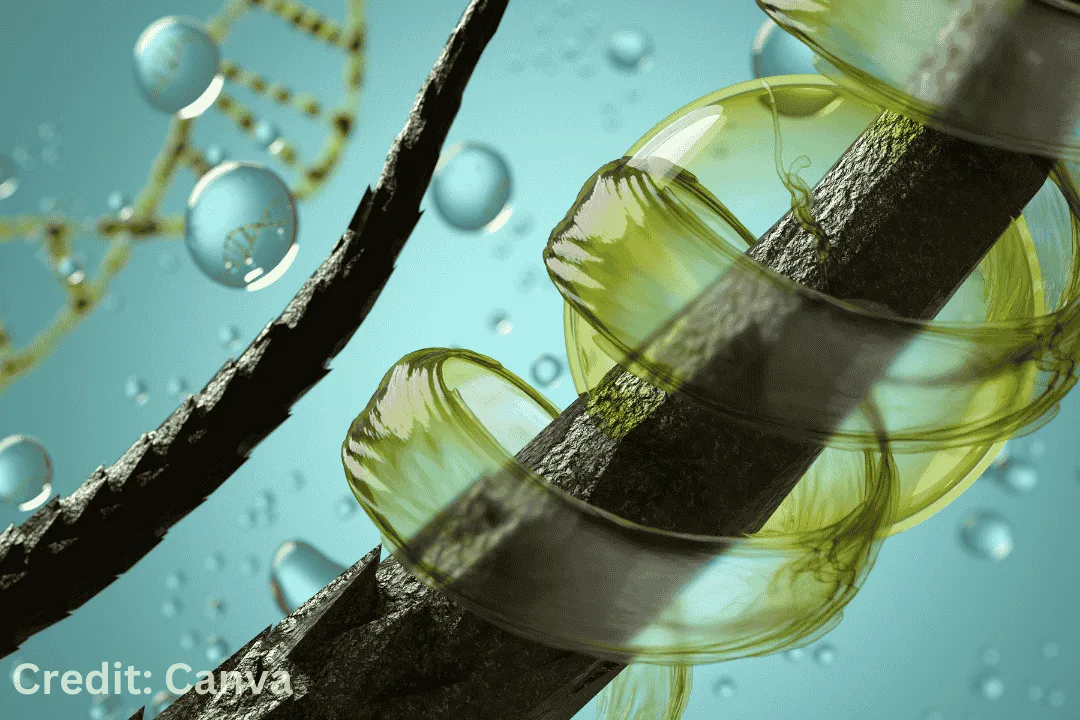New research shows that hair follicle stem cells help keep our bodies healthy in unexpected ways. These stem cells, responsible not just for hair growth, also help in cleaning up dead cells to maintain tissue health. This important discovery offers new insights into the many roles that stem cells play in keeping our bodies functioning properly.
Every day, billions of cells die in our bodies, but did you know that many of them aren’t cleaned up by immune cells? This surprising fact highlights the crucial role of other cells in maintaining our health. Katherine Stewart and her team at The Rockefeller University discovered that hair follicle stem cells are not only responsible for hair growth but also clean up dead cells to maintain tissue health.
The Problem of Keeping Tissues Clean
Every day, billions of cells in our body die as part of natural processes like tissue growth, healing, or stress. Usually, special immune cells called macrophages act like “garbage collectors,” moving around to find and digest these dead cells. But not all parts of the body have easy access to these immune cells, especially in places like hair follicles, which are “immune-privileged” areas. This means they are protected from immune activity to reduce inflammation, which is important for preventing unnecessary damage, but it also means they don’t get much immune support.
If dead cells aren’t cleared away, they can cause inflammation or damage to healthy cells. Scientists used to think that only immune cells could do this job. The big question was: how do tissues without immune cells get rid of their dead cells?
Hair Follicle Stem Cells to the Rescue
To answer this question, Stewart’s team studied how hair follicle stem cells behave during the hair cycle, which includes a growth phase (anagen), when hair actively grows, and a resting phase (catagen), when growth stops, and some cells die. They found that during catagen, when many cells in the hair follicle die, the stem cells take on the job of cleaning them up. This process, called phagocytosis, was once thought to be something only immune cells could do.
“Our findings show that hair follicle stem cells do much more than just help hair grow,” said Katherine Stewart, the lead author of the study. “They also keep the tissue healthy by acting like phagocytes when needed.”
The team used advanced techniques like confocal microscopy and single-cell RNA sequencing to closely observe the stem cells. They found that these stem cells could swallow up multiple dying cells, keeping their environment clean and healthy. The stem cells do this by responding to signals from dying cells, which activate the genes needed for phagocytosis.
How It Works?
Hair follicle stem cells clean up dead cells by sensing two signals—one from the dying cells and one from healthy neighboring cells. These signals trigger two important molecules called RARγ and RXRα, which are nuclear receptors that help control the genes involved in the cleaning process. By balancing these signals, the stem cells can clean up dying cells while still maintaining their primary function of growing hair.
The study also showed that this cleaning activity isn’t just a backup plan—it’s a carefully controlled process that keeps tissues healthy. When the researchers blocked the stem cells’ ability to clean, they saw signs of tissue damage and inflammation, showing how important this dual role is.
“This process gives us a new understanding of how stem cells help keep tissues healthy,” Stewart added. “It shows that even cells that aren’t usually part of the immune system can take on this role in certain situations.”
These findings open up many possibilities. If hair follicle stem cells can act as phagocytes, other stem cells in the body might have similar abilities. This could help explain how tissues stay healthy in areas that don’t have strong immune defenses, like parts of the brain or the eye.
Learning more about this process could help us find new ways to treat problems related to poor cleanup of dead cells, such as chronic inflammation (e.g., rheumatoid arthritis) or autoimmune diseases (e.g., lupus). If scientists can harness the cleaning abilities of stem cells in different tissues, they could create therapies that use a patient’s own cells to fight inflammation or repair damage without needing external immune cells.
In the future, the team plans to see if other types of stem cells, like those in the gut or lungs, also have this cleaning ability. If they do, it could significantly change our understanding of stem cell functions and tissue healing.
A New Look at Stem Cells
They aren’t just important for growing new tissue—they also help keep their environment clean and healthy. By doing both jobs, stem cells show amazing adaptability, which might be the key to keeping our tissues healthy for a long time.
“By learning more about the different roles of stem cells, we are opening new doors for medical treatments and tissue engineering,” said Stewart. “There is still so much more to learn, but this is an exciting step forward.”
For more visit: https://doi.org/10.1038/s41586-024-07855-6



